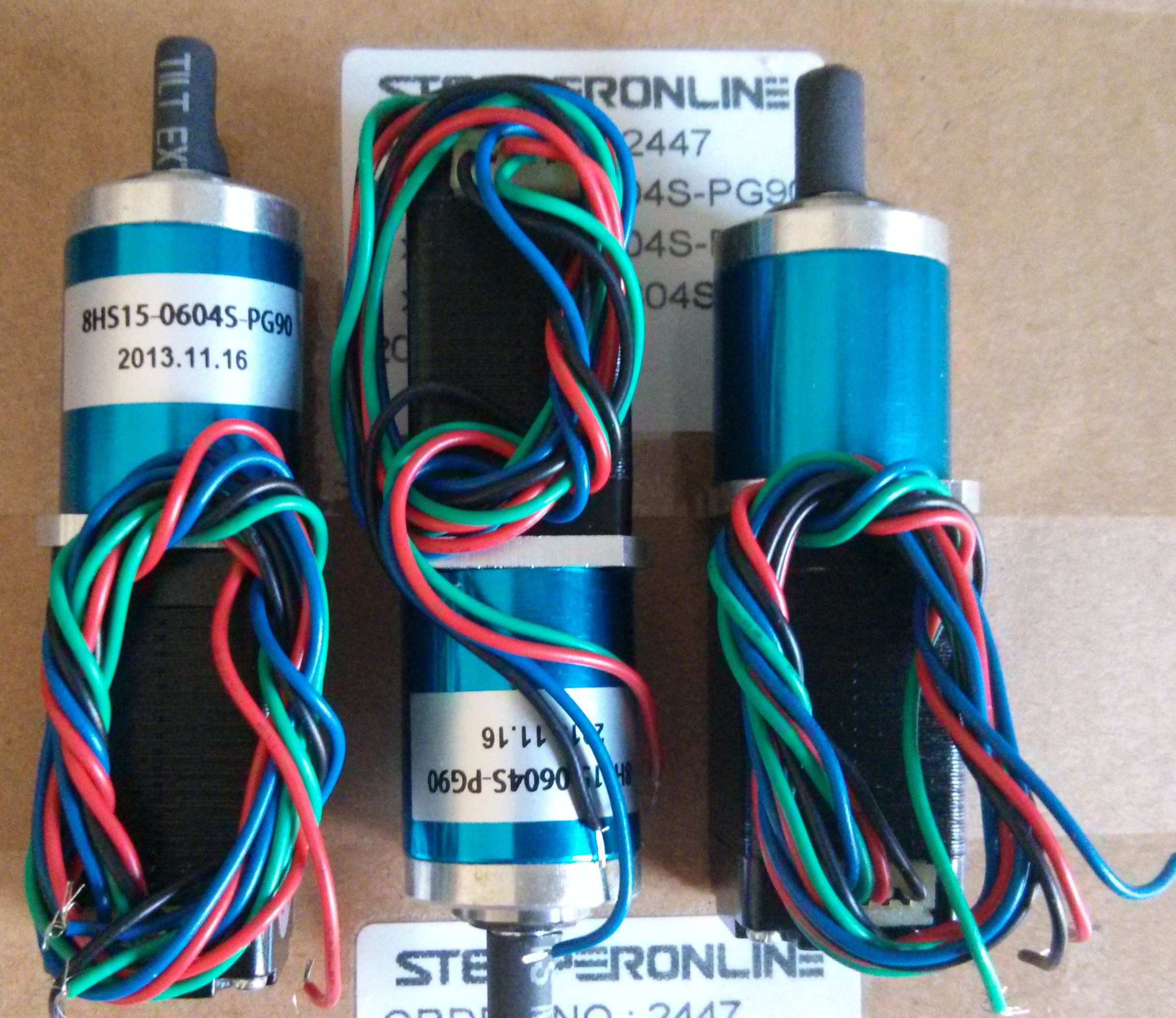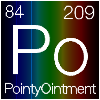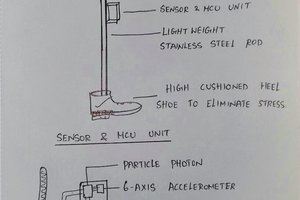
The project will consist of 3 main subsystems, an anti-vibration platform on which the microscope will sit, the microscope assembly that will consist of a two axis moving bed and a moving probe, and the electronics and software that will coordinate and manage all.








 Aractapod
Aractapod
 PremJ20
PremJ20
 Nishant Agarwal
Nishant Agarwal
 RichardCollins
RichardCollins
How much was the Akiyama probe?